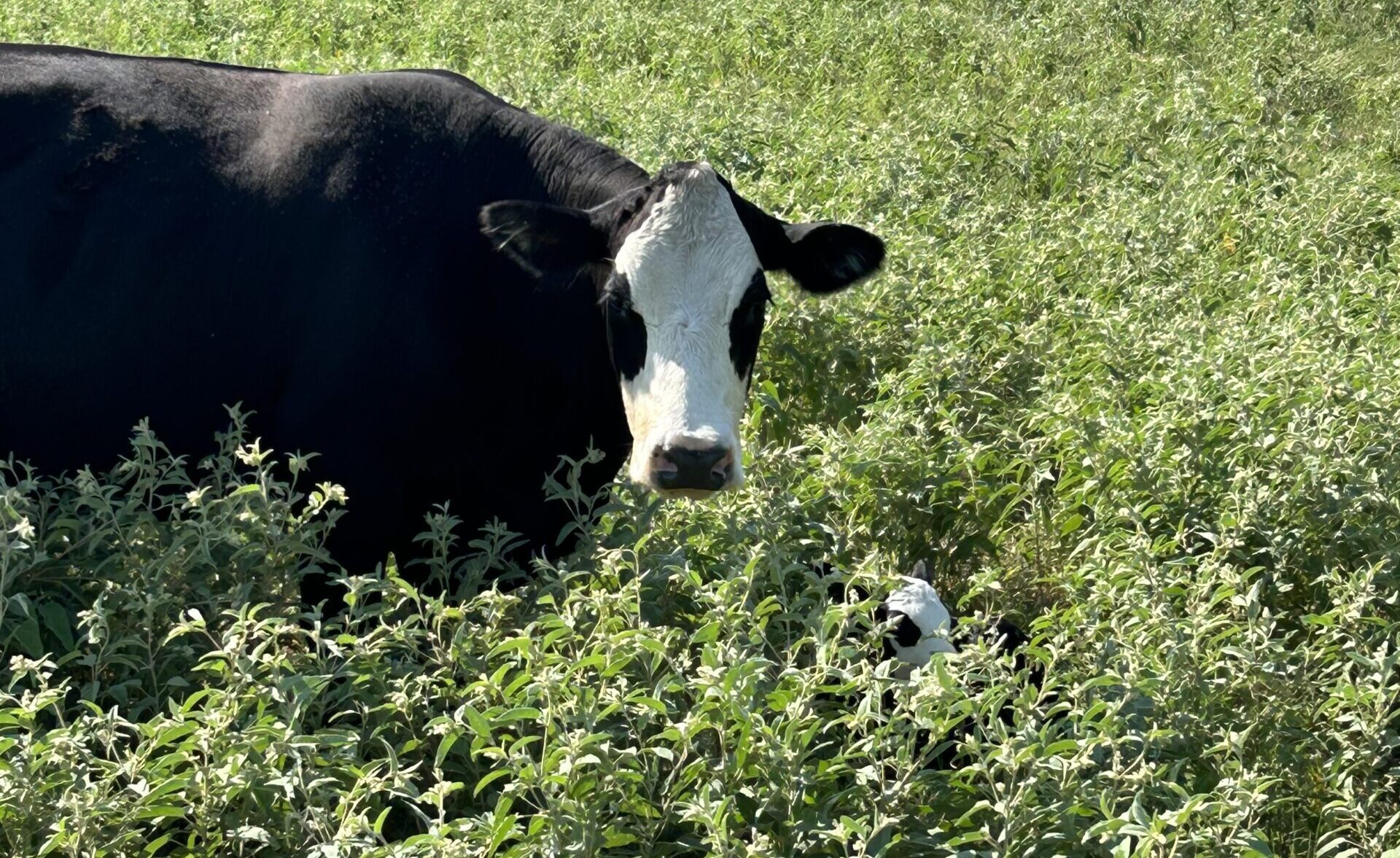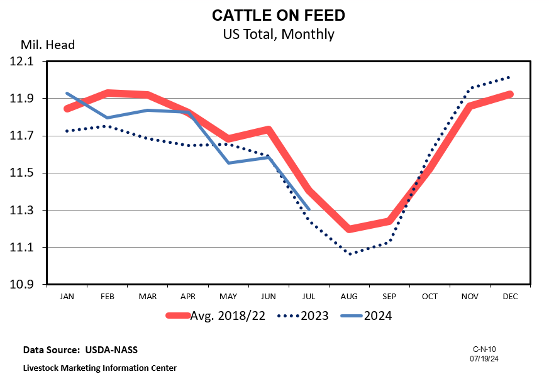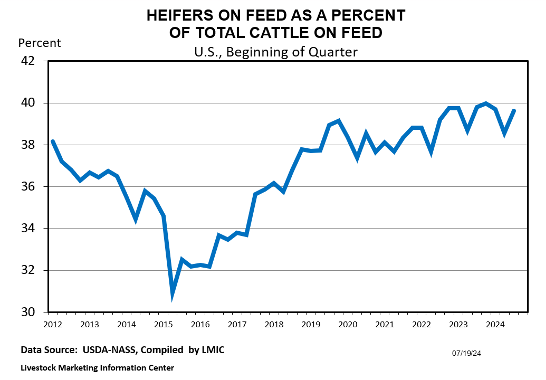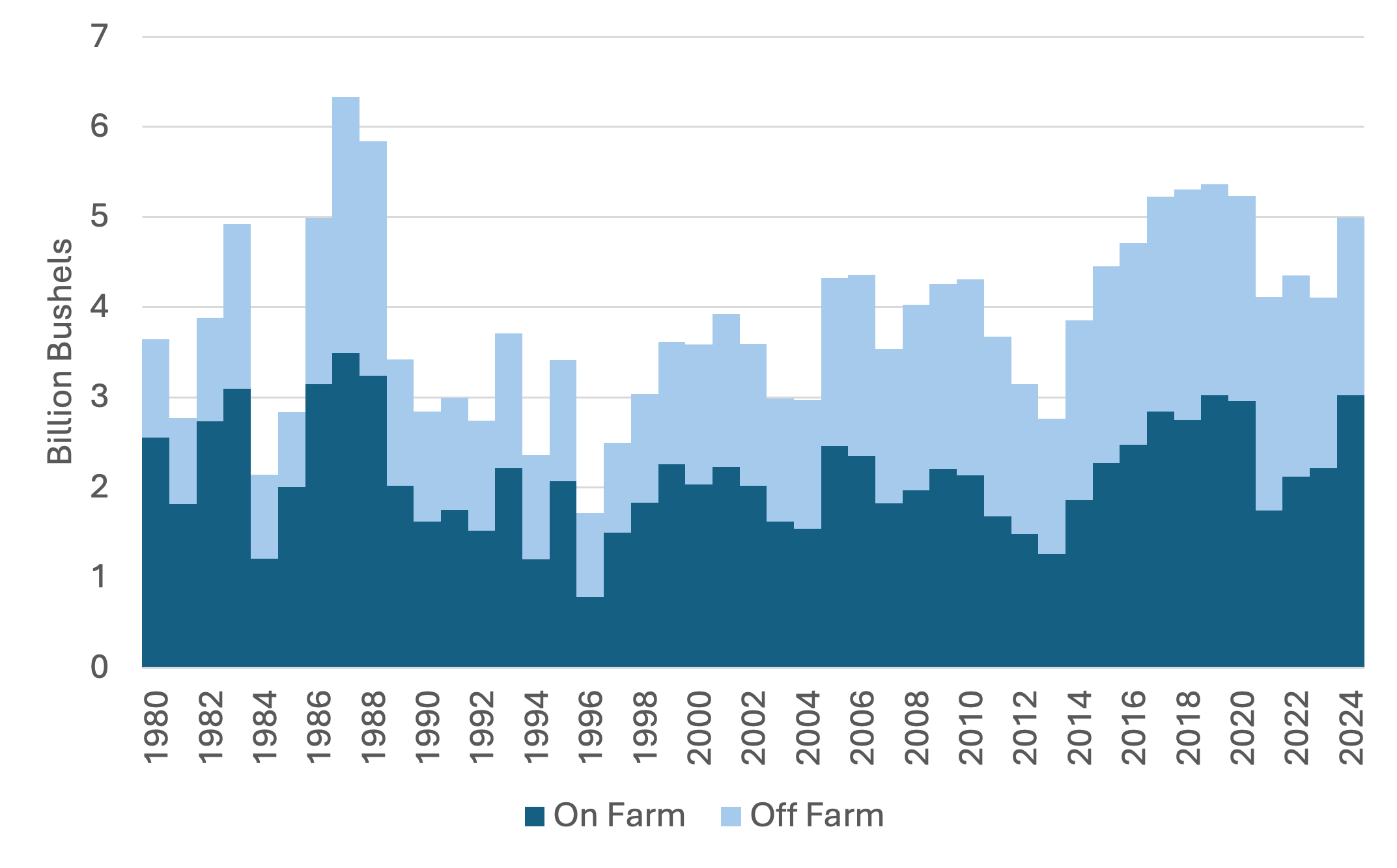On June 28, 2024, the United States Supreme Court issued its highly anticipated decision in Loper Bright Enters. v. Raimondo, No. 22-451 (2024). The case focused on the question of federal agency authority, and asked the Court to revisit its decision in the 40-year-old Chevron U.S.A., Inc. v. Natural Resources Defense Council, Inc., 467 U.S. 837 (1984) which famously established a legal test for judges to use when deciding whether a federal agency had acted outside its statutory authority. In a 6-3 decision, the Supreme Court officially overturned Chevron U.S.A., Inc. v. Natural Resources Defense Council, Inc., ruling that “courts may not defer to an agency interpretation of the law simply because a statute is ambiguous[.]”
Chevron deference is a legal doctrine established by the Supreme Court to help courts determine when a judge should defer to a federal agency’s statutory interpretation. To apply Chevron deference, courts follow a two-step framework. First, the court should consider “whether Congress has directly spoken to the precise question at issue.” To make that determination, the court will review the relevant statute to see whether the language clearly addresses the issue targeted by the agency’s regulation or whether the statutory language is “ambiguous.”
If a court finds that the language is ambiguous, it will proceed to step two which requires the court to determine whether the agency’s statutory interpretation is “reasonable.” If the court finds that the interpretation is reasonable, then it must defer to the agency even if the court would have adopted a different interpretation. If the court concludes that the agency’s interpretation is not reasonable, then it may overturn the agency’s regulation.
In the decades since Chevron U.S.A., Inc. v. Natural Resources Defense Council, Inc. was first decided, it has become highly controversial. While some view Chevron deference as another tool of judicial interpretation, others regard it as a limitation on judicial authority.
At the Supreme Court, the plaintiffs in Loper Bright Enters. v. Raimondo challenged the doctrine of Chevron deference, specifically asking the Court to either overrule the doctrine or clarify its scope. In a majority ruling authored by Chief Justice Roberts, the Supreme Court overruled the doctrine, finding that the Administrative Procedure Act (“APA”) requires courts to “exercise their independent judgment” when determining whether an agency has acted outside of its statutory authority, and that “courts may not defer to an agency interpretation of the law simply because a statute is ambiguous[.]” The majority relied on past Supreme Court cases that address the role of courts and federal agencies in statutory interpretation, and the APA to reach its conclusion.
In overturning Chevron U.S.A., Inc. v. Natural Resources Defense Council, Inc., the Supreme Court began by noting that Article III of the United States Constitution assigns to the federal judiciary the responsibility to hear and decide all “cases” and “controversies.” The Court then cited the foundational Supreme Court opinion, Marbury v. Madison, 5 U.S. (1 Cranch) 137 (1803). In that early case, which is regarded as establishing the scope of judicial review, the Supreme Court held that it is “the province and duty of the judicial department to say what the law is.”
Next, the Court reviewed its pre-Chevron case law on agency deference. The Supreme Court cited United States v. Moore, 95 U.S. 760 (1878) which explains that courts should give “the most respectful consideration” to federal agency interpretations of statutes they are tasked with administering because employees of such agencies are considered “masters of the subject[.]” The Court also cited Skidmore v. Swift & Co., 323 U.S. 134 (1944), where the Supreme Court held that a federal agency’s statutory interpretations “constitute a body of experience and informed judgement to which courts and litigants [could] properly resort for guidance,” but that such interpretations would not control a reviewing court’s own statutory interpretations. After reviewing these cases, the majority concluded that prior to its ruling in Chevron U.S.A., Inc. v. Natural Resources Defense Council, Inc., the Supreme Court had consistently held that while a federal agency’s statutory interpretations could be given due respect by a reviewing court, it was ultimately up to the judiciary to determine the proper meaning of the law.
Along with reviewing its own case law, the Supreme Court also examined the text of the APA. The APA is the federal law that governs the way federal administrative agencies develop regulations, and establishes standards for judicial review of agency actions. The law states that “[t]o the extent necessary to decision and when presented, the reviewing court shall decide all relevant questions of law, interpret constitutional and statutory provisions, and determine the meaning or applicability of the terms of an agency action.” 5 U.S.C. § 706. According to the Court, that statutory language represents Congress’s intent to have reviewing courts, not agencies, “decide all relevant questions of law” and “interpret […] statutory provisions.” The Court concluded that the Chevron doctrine cannot be reconciled with the APA because Chevron deference requires courts to adopt reasonable agency interpretations of statutory language, even if the court would have reached a different interpretation. According to the majority, this does not comply with the APA’s requirement that courts “shall decide all relevant questions of law.”
Based on its review of both previous Supreme Court decisions, and the text of the APA, the majority in Loper Bright Enters. v. Raimondo concluded that “[i]n an agency case as in any other […] there is a best reading [of the law] all the same – ‘the reading the court would have reached’ if no agency were involved.” Following this ruling, when a court is presented with a case that involves statutory interpretation, it may not “defer to an agency interpretation of the law simply because a statute is ambiguous.” Instead, it is the role of the court to apply its own judgement to determine what the law says.
Rollins, Bridgit. “In Landmark Ruling SCOTUS Overturns ‘Chevron’ Deference.” Southern Ag Today 4(30.5). July 26, 2024. Permalink










